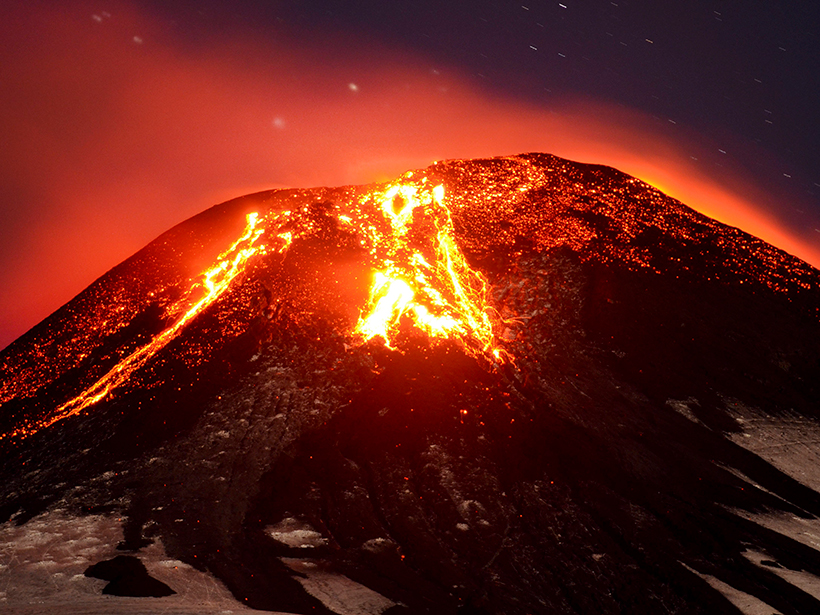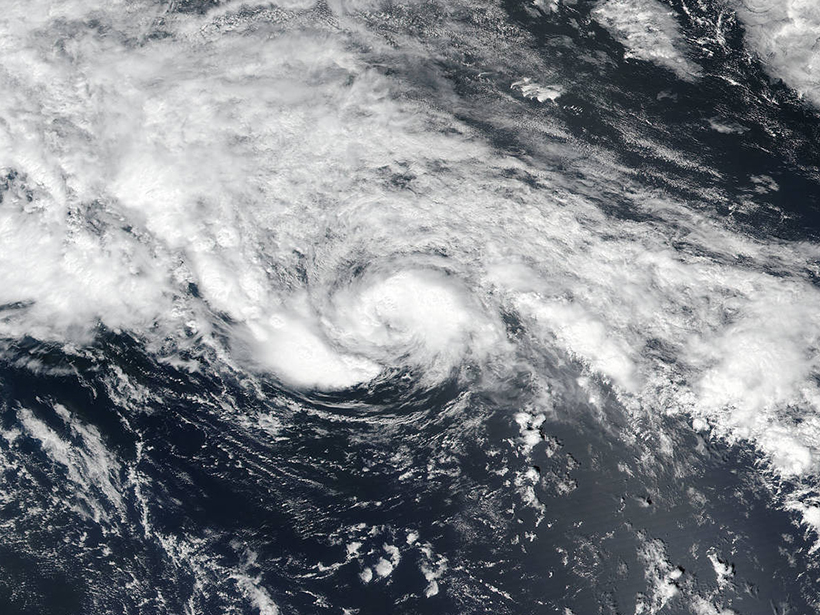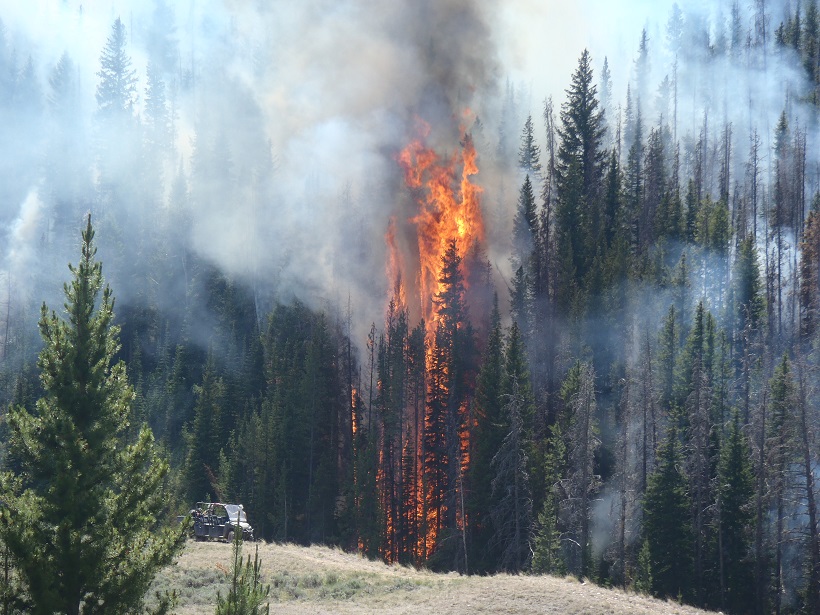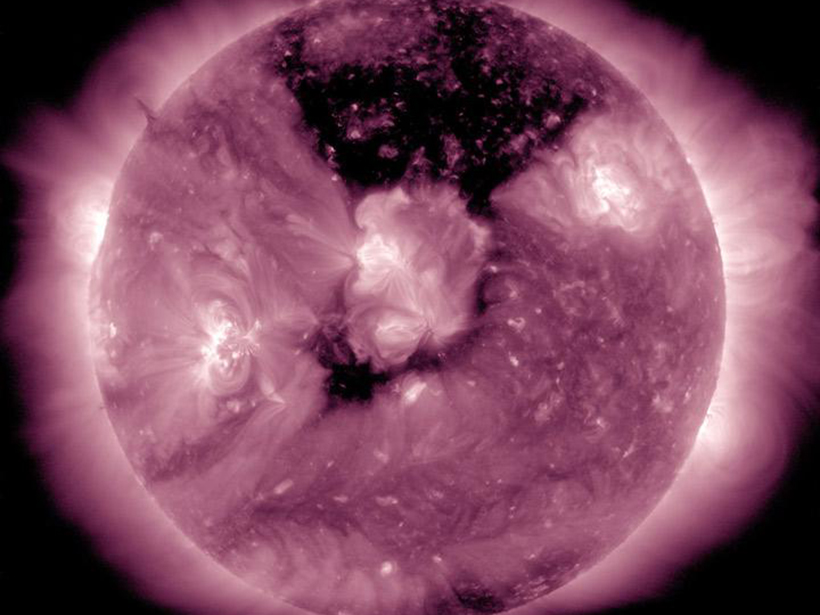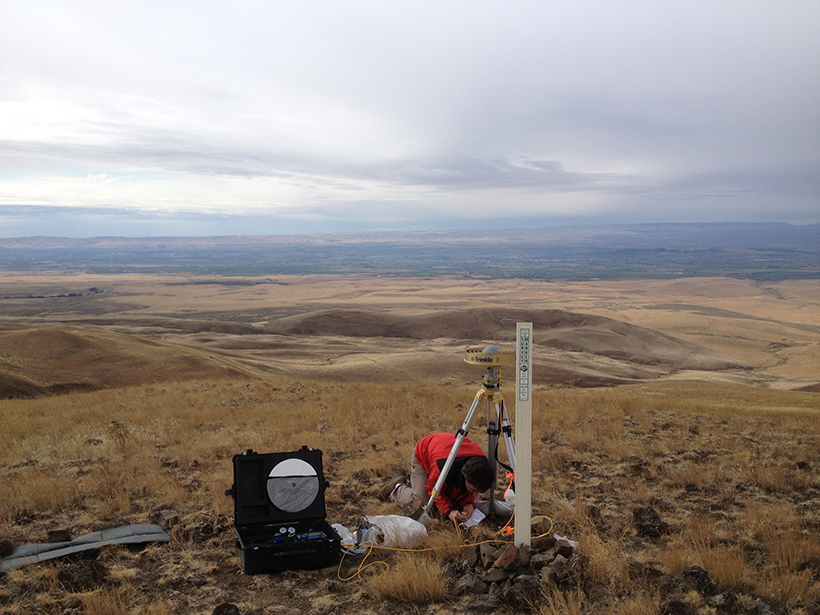Researchers test whether the changing composition of volcanic gas can signal a coming eruption in Chile’s Villarrica volcano.
forecasting
Proposed Federal Budget Heightens Hurricane Risk
The health, welfare, and livelihood of millions depend upon our elected officials’ continued and robust support for hurricane research.
Scientists Predict Active Hurricane Season
A combination of warm sea surface temperatures and a weak or absent El Niño may create conditions conducive to tropical storm formation.
Reducing Uncertainty in Hazard Prediction
The editors of a new book describe how to characterize uncertainty in natural hazards, the incorporation of uncertainty into modeling, its contribution to better decision-making, and research needs.
“Fingerprinting” Volcanic Tremors May Help Forecast Eruptions
Volcano seismic waves produce distinct tremor patterns, or "fingerprints," shared by different kinds of volcanoes.
Meteorologists Track Wildfires Using Satellite Smoke Images
Enhancements to the National Oceanic and Atmospheric Administration's decision support system give forecasters new capabilities for tracking smoke from fires using satellite data.
New Data Buoys Watch Typhoons from Within the Storm
Advanced real-time data buoys have observed nine strong typhoons in the northwestern Pacific Ocean since 2015, providing high-resolution data and reducing the uncertainty of numerical model forecasts.
Scientists Probe the Calm After Solar Storms
In forecasting the effects of solar storms, understanding how they subside—and not just how they arrive—will be crucial.
Sun Glitter Provides a Detailed Map of Ocean Waves
European scientists use satellite sensors to detect light reflected off waves at the ocean's surface, which could help improve wave forecasts.
Using Strain Rates to Forecast Seismic Hazards
Workshop on Geodetic Modeling for Seismic Hazard; Menlo Park, California, 19 September 2016

